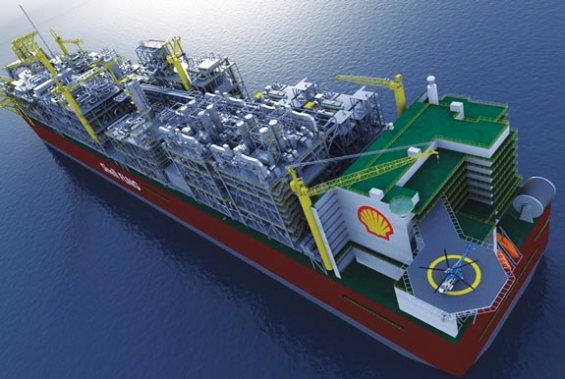On April 10th of this year, Conoco suspended its plans to drill in the Arctic Ocean off the northern coast of Alaska. Conoco blamed “unclear” federal regulations related to Arctic Ocean drilling, the Wall Street Journal reports. Shell is also no closer to drilling, as both of its drilling rigs set to drill in Arctic waters off the coast of Alaska have been damaged. But maybe Conoco and Shell should be taking Exxon Mobil’s example and working with legislators to get an Alaskan pipeline built.
Currently, it is very cost ineffective to transport natural gas from Alaska’s North Slope to the Midwest or even to cities in Canada. The Gas Pipeline Project Office, a governmental sector of the State of Alaska estimates that if everything goes as planned and the right regulations get passed, the project could be completed by 2021. The Alaskan State government is in support of the pipeline because it would be a large revenue generator and provide many Alaskans jobs.
Why is now the perfect time to build this pipeline? Demand is becoming steadier and thus, cash flows are more predictable. Not long ago, demand was much higher in the winter months than summer months because natural gas was used primarily for heating. But, now natural gas is being used in the summer to produce electricity by many new natural gas fired power plants.
Also, many companies are slowly, but surely, switching their fleets to natural gas powered vehicles to cut variable costs and decrease pollution. Part of the trend is driven by tax incentives offered by the federal government to companies/individuals who purchase alternative powered vehicles.
According to the U.S. Energy Information Administration, the top natural gas producing states are Texas, Louisiana, Wyoming, Oklahoma, and Colorado but Alaska could enter that list once the pipeline is built.
So why is the pipeline not being built yet? There are multiple laws that need to be passed by the U.S. Federal government, and the Alaskan government to allow the construction to proceed. Then the parts of the pipeline that run through Canada have to be approved by the Canadian government. Plans for the pipeline have been drafted, but licenses still have to be granted. What is behind most of these governmental barriers? Environmentally conscious groups are at the forefront. The BP oil spill in 2010 and an oil line rupture in Kalamazoo recently have shed a negative light on oil and gas exploration and transportation. But there are millions of miles of oil and gas pipelines already in existence and according to TransCanada CEO, pipelines are the safest way to transport oil and gas.
Will we see the Alaskan Pipeline project start soon? I sure hope so.


